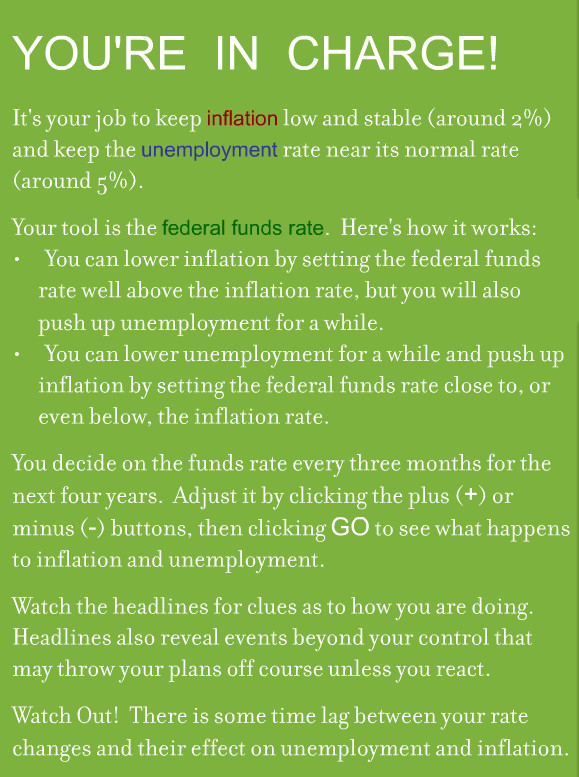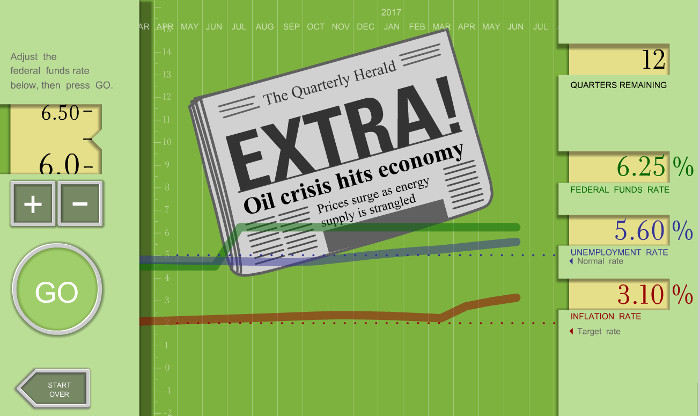Well, the January jobs reports are in and the economy created a reported 257 thousand jobs in January. Hurray for the US economy! This comes hard on the heels of job growth numbers for the November and December of 423 and 329 thousand, respectively. The news is certainly welcome and the trend is encouraging, but not all of the results are likely pleasing to either the current administration or the American public at large.
The fly in this particular batch of ointment is that the unemployment number has ticked up one tenth of one percent. Of course this is to be expected. As I discussed in an earlier post, when consuming the job statistics, one has to make a sharp distinction between the unemployment rate and the workforce participation rate. Some of the folk who had dropped out of the workforce entirely are now, no doubt, coming back in as job openings become available.
Indeed, Bloomberg’s lead article on the January numbers, entitled Jobs Report Crushes It, agrees with this idea saying that
The article goes on to say that
And there is the rub. The American people, by and large, do not understand the distinction between good and bad rises in the unemployment rate. The public’s inability to make these distinctions is mostly due to the low economic literacy and discourse of many of the institutions that proclaim themselves as the guardians of the working man. Primary amongst these are the media, who gush and dance in sound bite and spin, about any ‘favorable’ movement in an indicator whether or not it is actually good. Also culpable are the schools, which employ teachers less economically literate than my butcher. After all, public school teachers don’t have to worry about producing a product the public wants since the government will make sure the bills get paid and the lights stay on no matter how many students show up. My butcher, on the other hand, needs to show just where the beef is.
So, the public is likely to get restless as the unemployment rate rises. As public sentiment goes, so goes the administration, which will likely leverage political pressure of the Federal Reserve to lower unemployment.
For those who don’t know, the Federal Reserve (or the Fed, as it is affectionately known by everyone – even themselves) is charged with control of the monetary policy of the United States. As the nation’s central bank, it has only three arrows in its quiver:
- Open Market Operations – buying or selling of bonds to basically create or delete money from the economy. Buying bonds will increase the money available in the economy and selling decreases it.
- Reserve Requirements – sets the percentage of deposits that a bank must hold in reserve. Lowering the reserve requirement frees up more money to be loaned and raising the reserves limits the amount.
- Discount Rate – fixes the interest of a loan from the Fed to a bank.
The effect of each of these is to raise or lower the interest rate that banks charge each other for bank-to-bank loans (federal funds rate), which then trickles down to the end consumer as the rate to borrow. These three arrows are shot at two distinct targets with the intent of keeping inflation fairly constant at about 2% per year and keeping unemployment also fairly constant at about 5% per year.
The Fed has even gone to the trouble of creating a web-based video game in which the player can pretend to be the Fed Chairman. The rules of the game are succinctly summarized when you are appointed chairman and are now in charge.
The simulation, while visually appealing, is primitive in its fidelity and doesn’t inform the player what model is used to determine how the simulated economy will respond to the changes he makes. But considering that this is meant to be an educational tool, my guess is that the rules are really simplistic. The following snap shows one of my attempts at managing the economy.
I suppose the Fed’s intent is to make it clear how hard it is to do their job and, perhaps, have us show a little gratitude for their steering an ocean liner successfully through troubled waters.
And maybe I should be grateful, but I can’t help but think that the Fed can’t possibly do a credible job of controlling inflation and unemployment by essentially adjusting the federal funds rate. This particular jobs report is a perfect case in point. One of the rules of the game states that ‘you can lower unemployment for a while and push up inflation by setting the federal funds rate close to, or even below, the inflation rate.’ That rule can only be true if something else, say the workforce participation rate, remains constant.
In this particular case, keeping the federal funds rate low, as it currently is, is actually raising the unemployment rate, and that is a good thing. Capable people who had fled the workforce need to come back in and swell the ranks, even if they are just looking for jobs at this point. It also isn’t a given that inflation needs to rise as these workers find jobs and begin to gather paychecks. That point of view only makes sense if one only assumes that the output of goods and services remains low so that ‘more money is chasing few goods’. But the recent decline in gasoline prices that has pushed inflation down (at least in practical if not statistical terms) is due to the industry of workers flooding into the energy sector.
So, what does the Fed do? I suspect that they will coax the federal funds rate to rise and that, in the process, they will smother what is a good thing. I mean, what else can they do when they are trying to achieve fine control using the crudest of tools?


